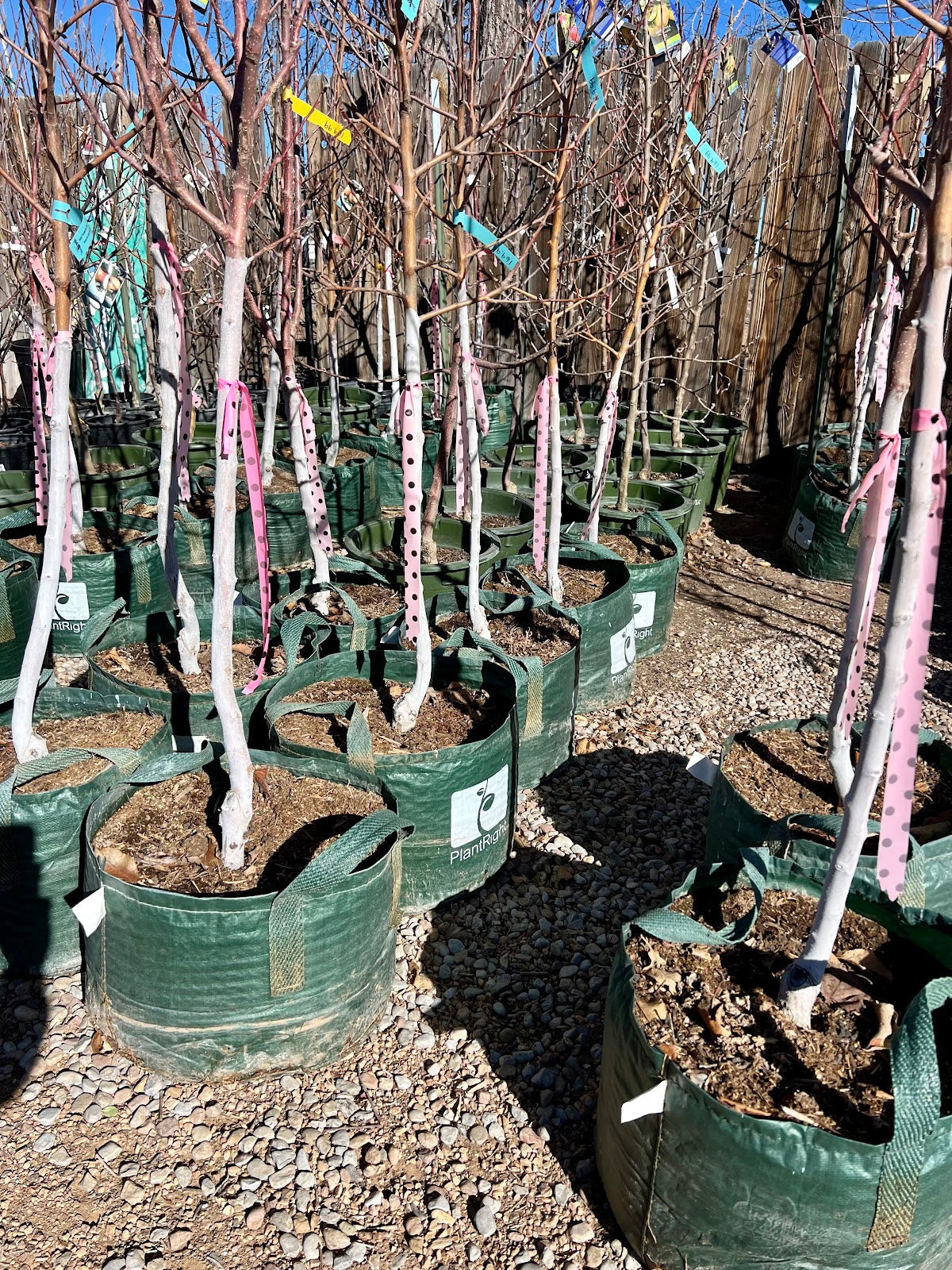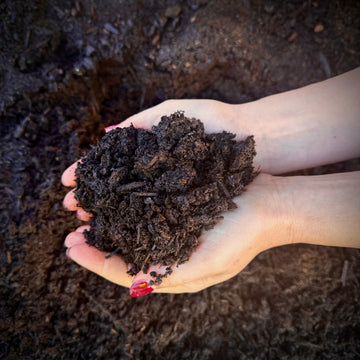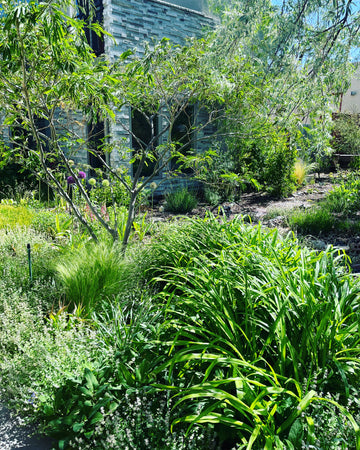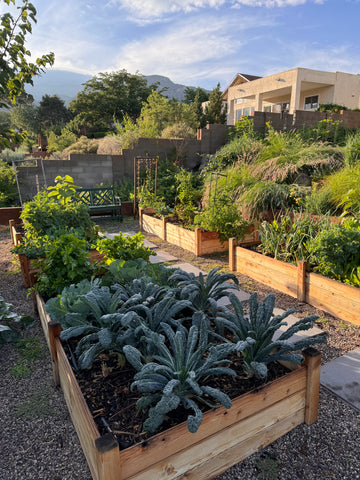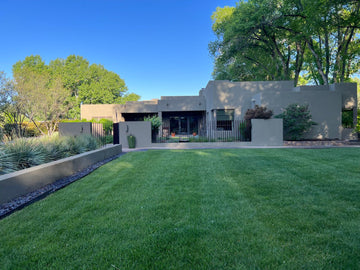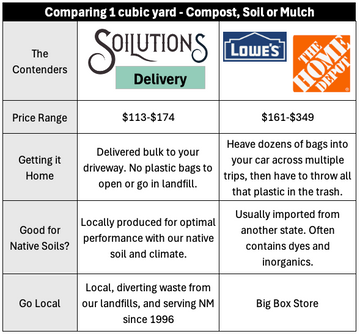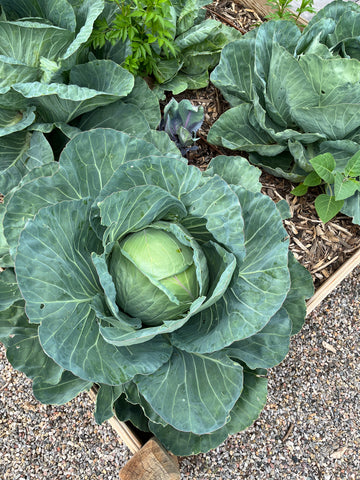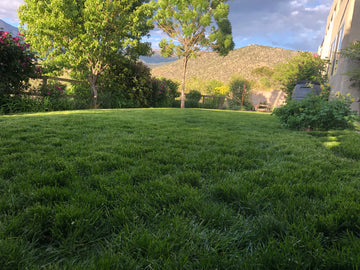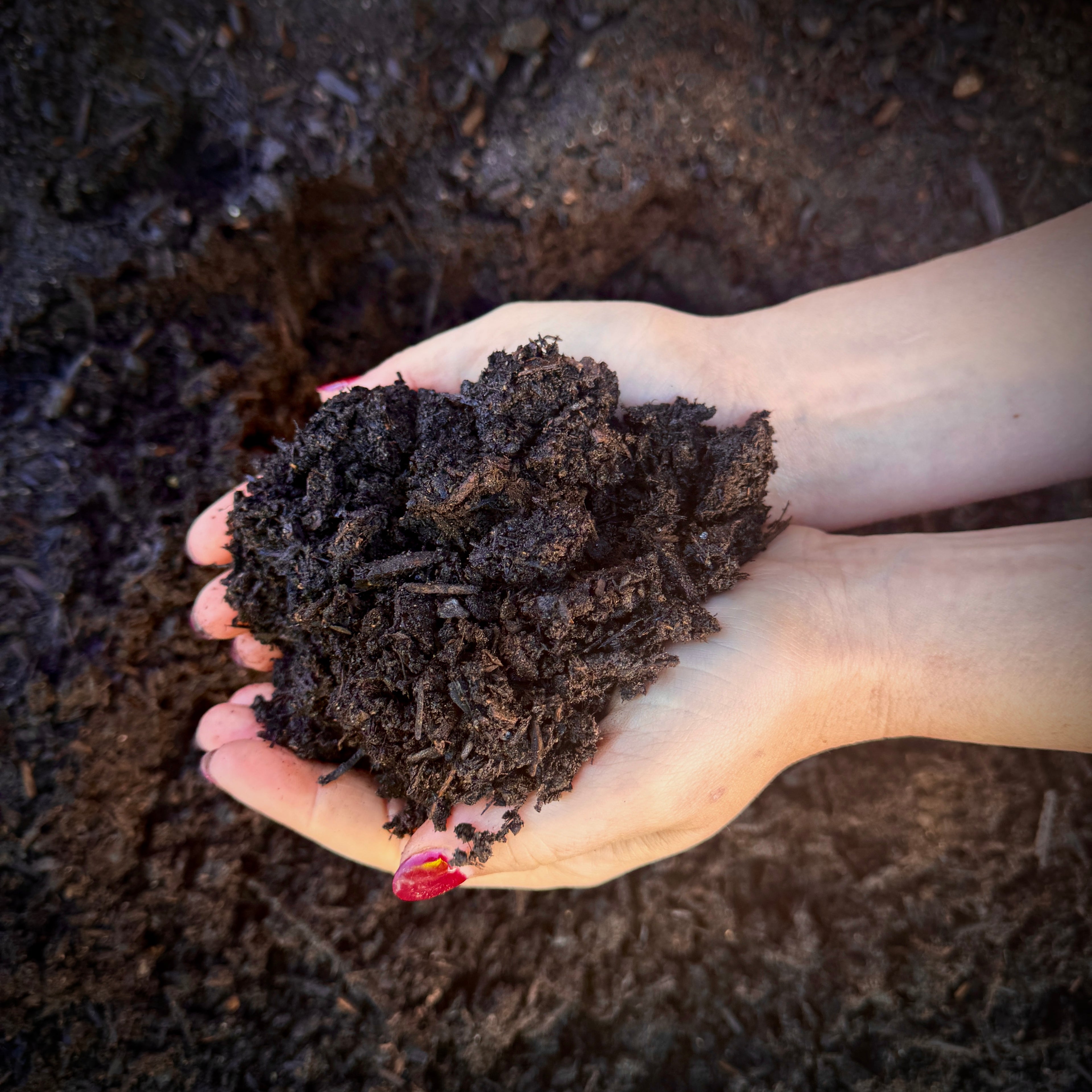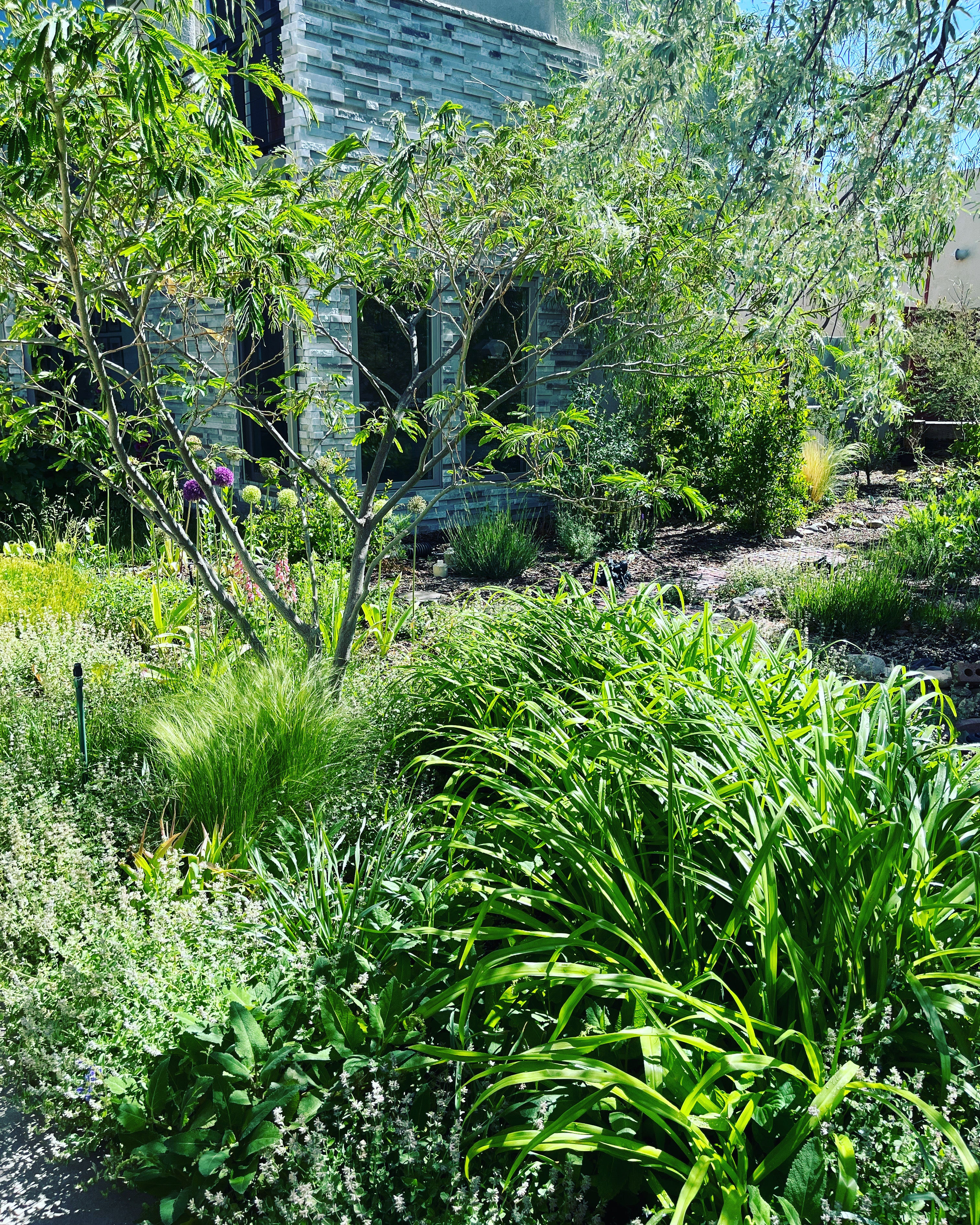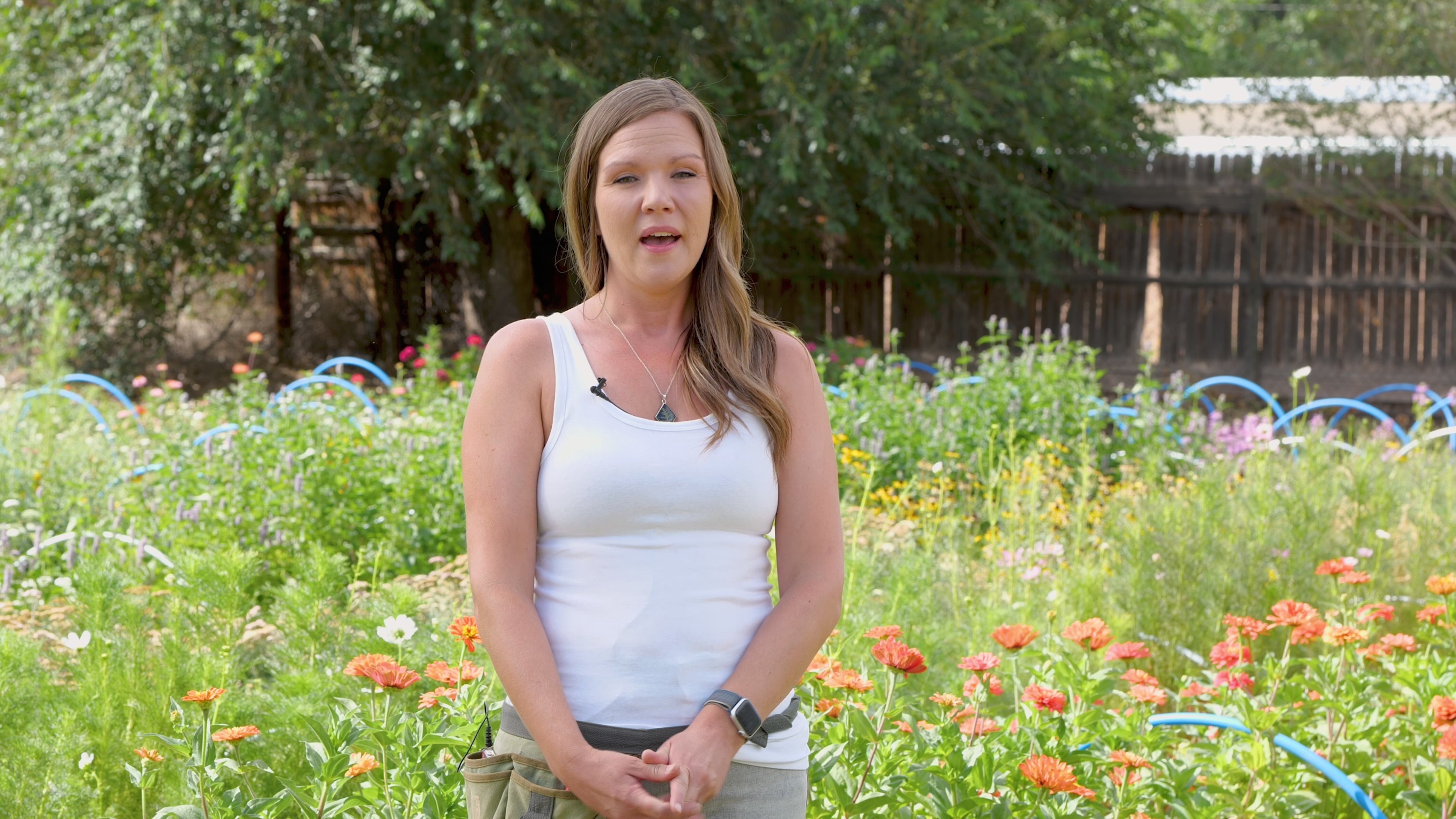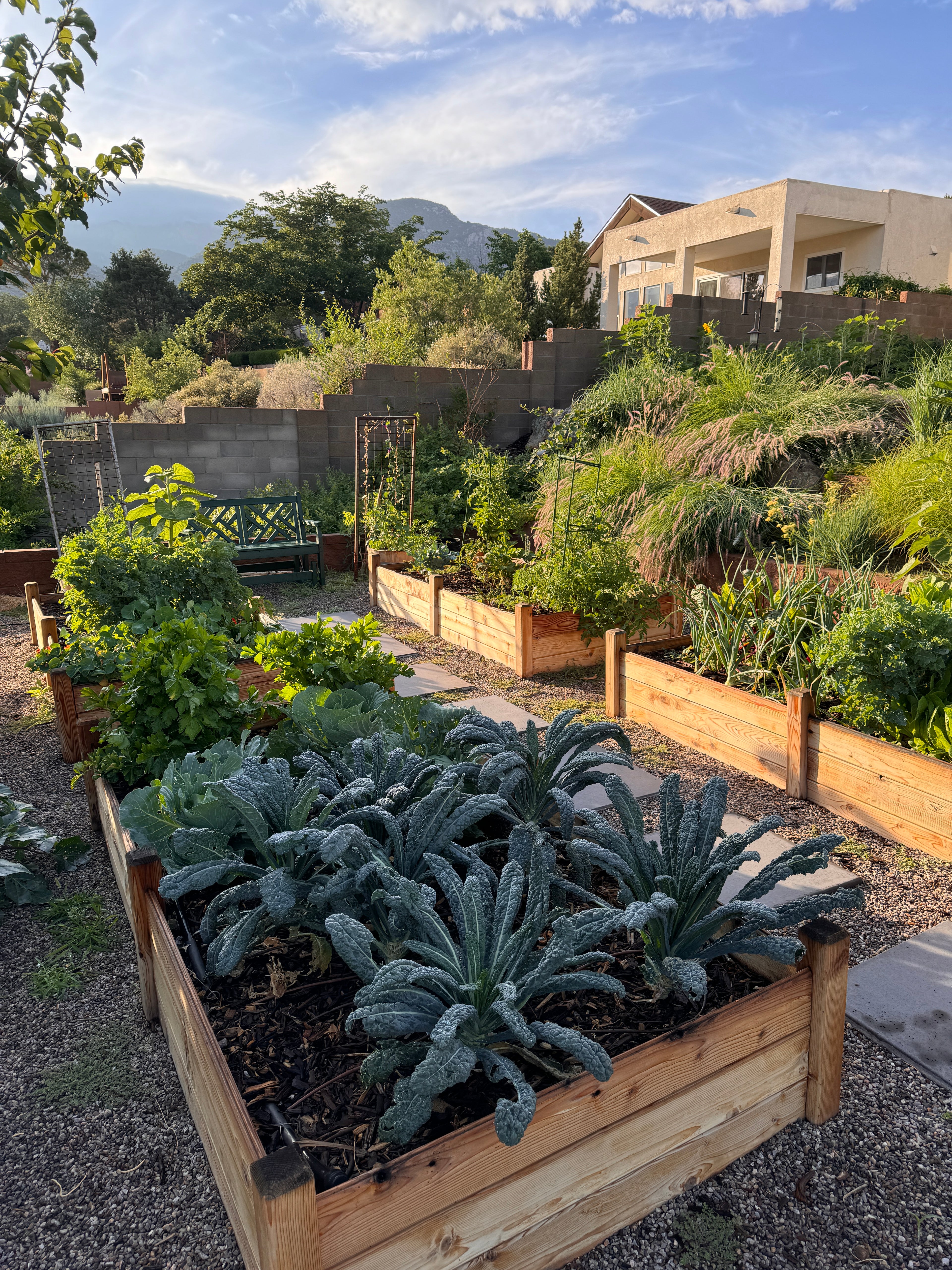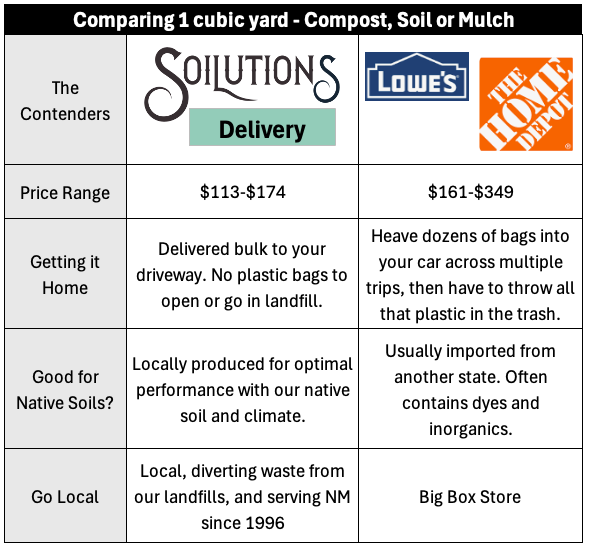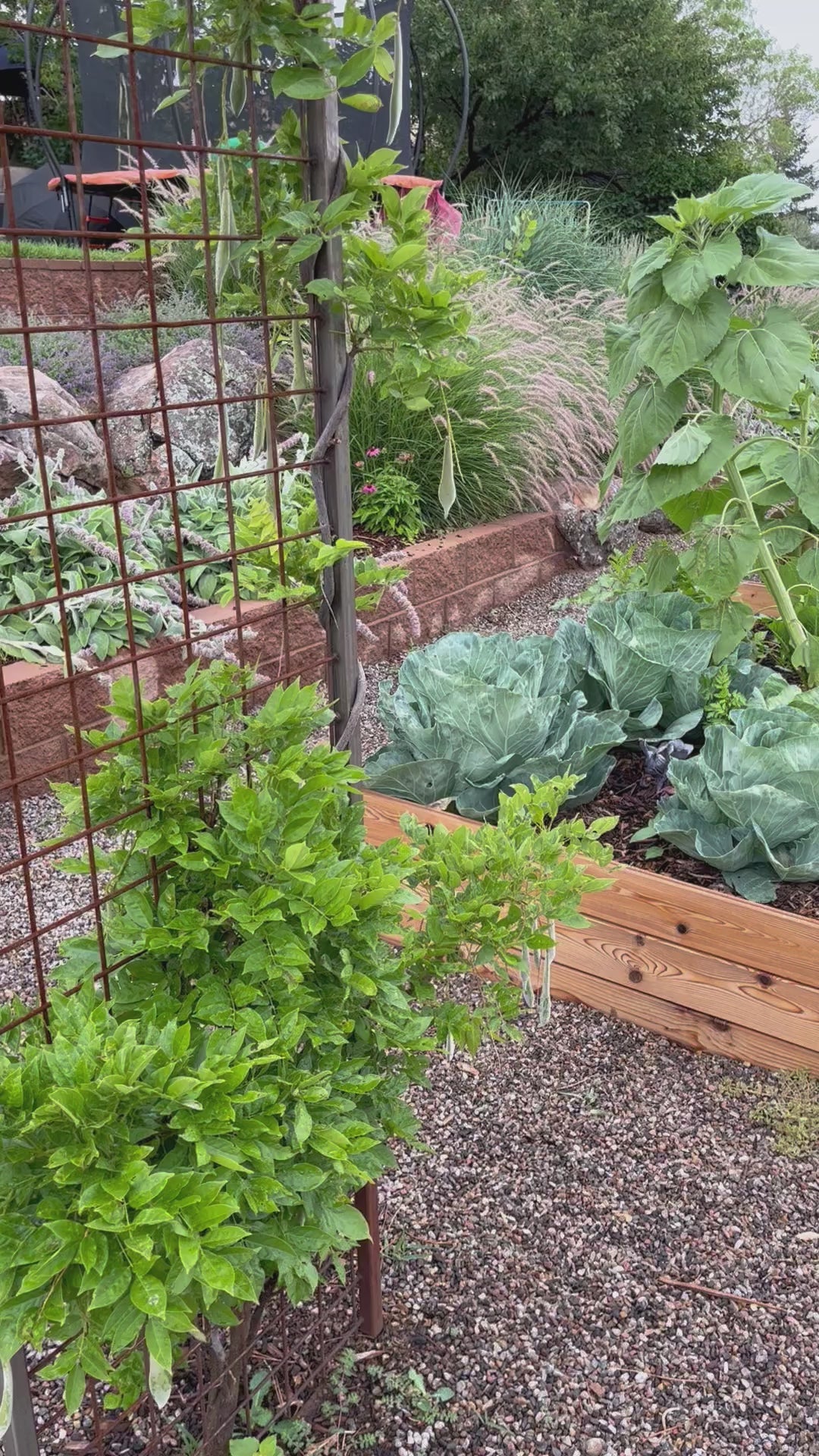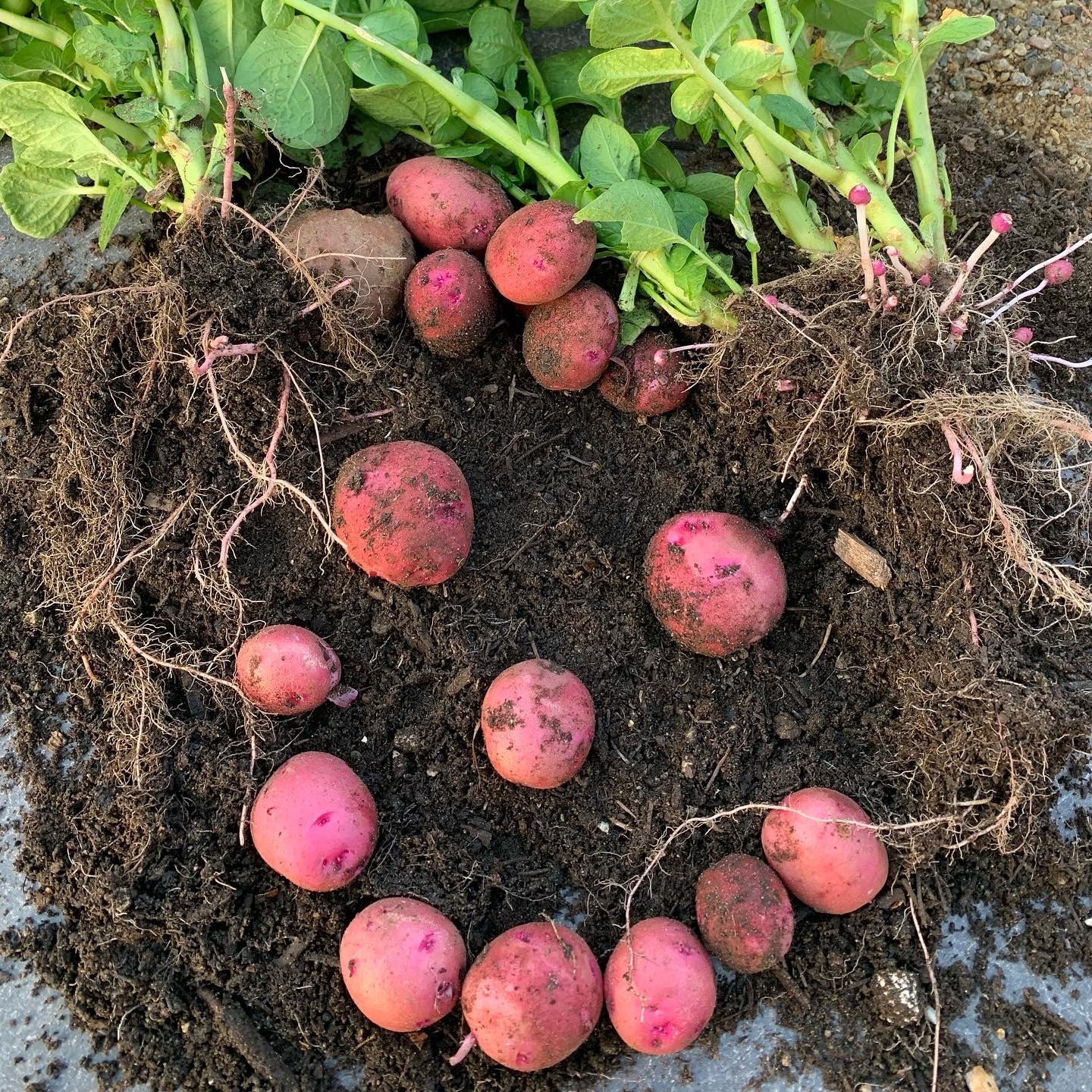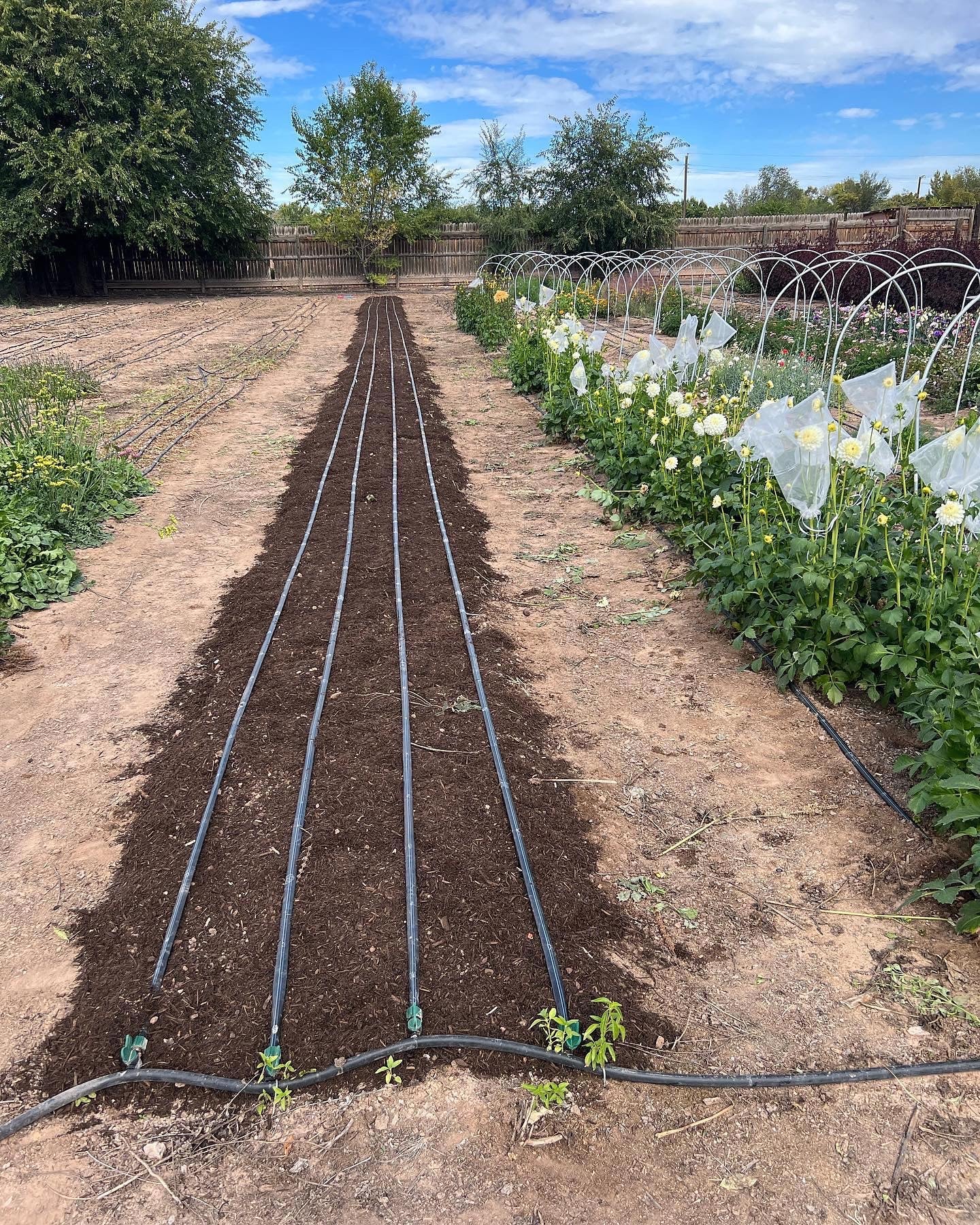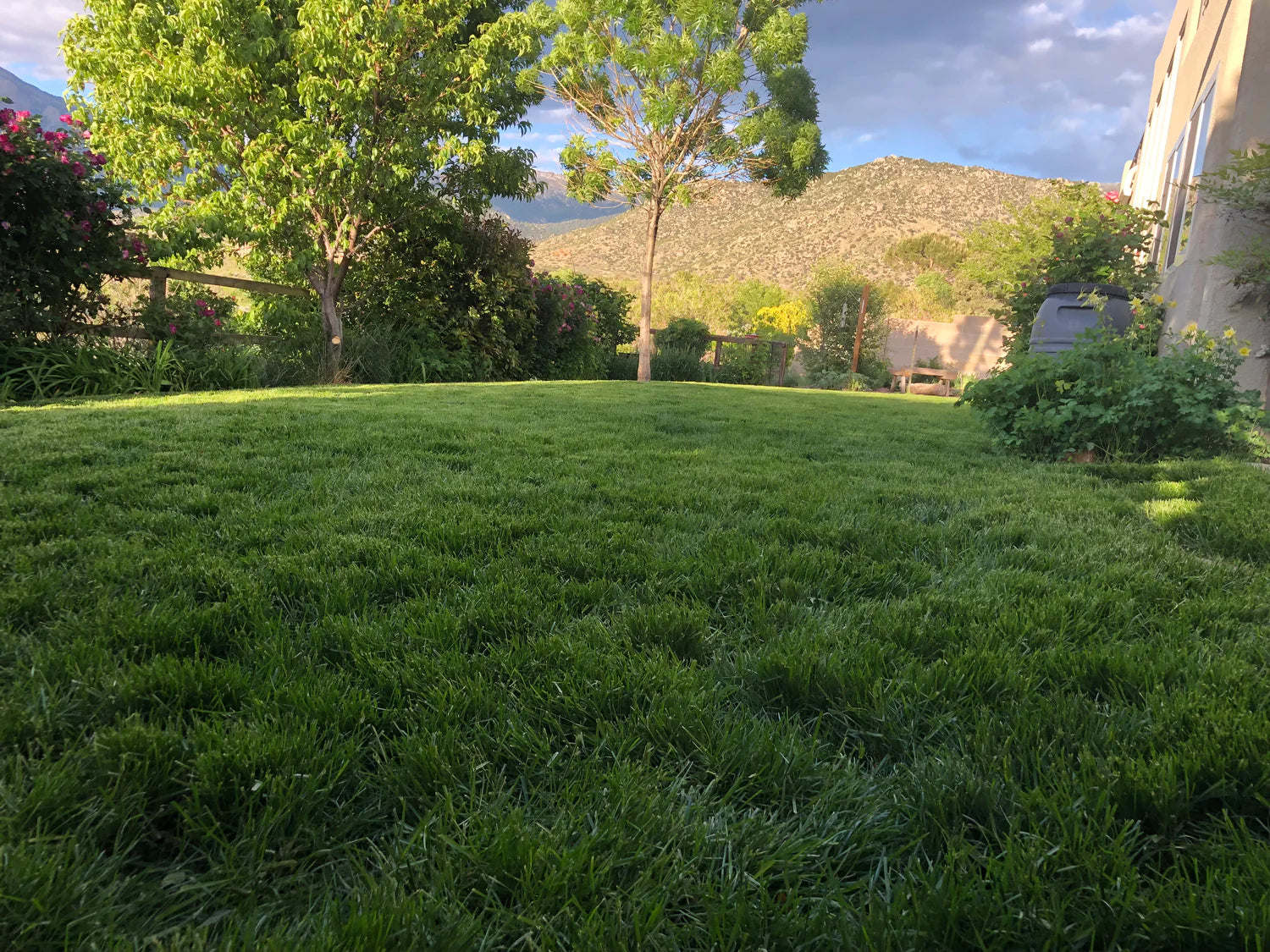By Wendy Blair, Expert Gardener, Instagram: @505garden
Trees are one of the most beautiful and valuable structures in our landscapes. They not only provide shade, they also contribute to the overall value of our homes! Several recent nationwide surveys show that mature* trees in a well landscaped yard can increase the value of a house by 7-19%**.
Therefore when investing time and money into a tree for your home, you want to make sure it's planted correctly. Here are some tips to help ensure the success and longevity of your new trees.
Best time of Year to Plant Trees
Trees can be planted any time of the year you can dig a sufficient hole (when the ground isn’t frozen). However, the more time you can give your tree to acclimate to its new home before the heat of the summer, the better. This means early Fall is the best time to relocate a tree or plant a new one. Early Spring is also a popular time. That being said, planting dormant deciduous trees in the winter also works in the greater Albuquerque area with much success. Trees and plants are much happier in the ground than they are in plastic nursery pots.
Digging the hole
Dig wide, not deep! There is an old saying that makes this concept easy to remember, “plant them high and they won’t die, plant them low and they won’t grow”.
When preparing your planting hole it is important to dig the hole 2-3 times as wide and only as deep as the root ball. Holes dug deeper than the root ball will allow for the tree to settle in the planting hole and can eventually cause problems with root rot and disease. A better guide to knowing how deep to plant your tree is by finding the “root flare” of your tree. This is at the base of the tree where you can see the roots reaching out laterally from the base of the trunk. In actuality, many nurseries plant trees too high in their container. Look for the root flare when deciding on the depth of your planting hole.
(Photo root flare & mulch)
Planting your tree
Carefully remove your tree from its plastic pot and inspect the roots. If the roots are densely bound or growing in a circular pattern, you need to break up the pattern. Don’t worry about hurting the tree as you break the roots apart or cut some away. The biggest mistake you can make at this point is by planting a root bound tree. The roots will continue to grow in the same circular pattern under ground and slowly kill the tree. Disturbing the roots may be as gentle as scratching your fingers across the sides and bottom of the root ball (in mild circling cases). In more severe situations, cutting the roots with a saw or cutting with pruners to create new opportunities for the roots to grow freely may be necessary.
(Mature tree root which was circled in its nursery can - this tree will eventually choke itself and die)
*note on grafted trees (like fruit trees): make sure the side of the tree with the graft joint is planted north (or away from the sun). UV exposure at high elevations like ours is significantly greater than at sea level and affects humans as well as plants. It’s important to protect the graft joint from the sun as it's a vulnerable part of a young tree.
Amend the soil
Most of the native soil in our area isn’t a great environment for most trees to thrive. Soil in Albuquerque is either poor and rocky or sandy. Amending the soil you put back in the planting hole around your new tree is the key to its success. We recommend mixing your native soil (which came out of the planting hole) half and half with Soilutions Compost. Adding compost to your native soil will help clay soils with drainage and will help sandy soils with water retention. It also helps to neutralize the alkalinity of poor soil. It is the perfect amendment to get organic material around your new tree which will also help with beneficial microbial life in the soil near its roots.

Eliminate air pockets
When you are halfway done backfilling your planting hole, hand pack or tamp the amended soil down with the back of a shovel. You can even lightly stomp the soil down with your feet. At this point, spray the soil a bit with water until you see it drain. Continue backfilling until you reach the top of the root ball. Repeat with packing the soil down and watering.
MULCH!
This is quite possibly the most important step to tree care! Place roughly 2-3” of mulch made of organic materials around your newly planted tree. Start adding mulch 2’ from the trunk (leave this area exposed), out to the natural drip line of the tree (the area under the outer circumference of the tree branches). Even further is better to allow for future growth.
Mulch helps keep roots cool in the summer and warmer in the winter. It also helps retain much needed water. Mulch is also a natural weed suppressant when spread thick enough. We recommend using Soilutions Forest Floor Mulch which is made from chipped and ground woody materials, plus a bit of compost to help feed your tree.
Watering Guidelines
The most important job once your tree is planted is watering it properly. Young trees need to be watered more frequently than the watering recommendations for the established variety. Establishing a young tree’s roots could take a year or more. The key to establishing roots is slow, and deep irrigation. This type of watering allows the soil to saturate so the roots have time to absorb the water while avoiding excess runoff. Drip irrigation on a timer is the best way to accomplish this type of watering. A great resource for watering established plants and trees for the greater Albuquerque area can be found at www.505outside.com
While the above steps are essential to the success of a newly planted tree, active monitoring of your trees is just as important. Look for signs of distress and make any adjustments immediately. This will likely guarantee a tree that will live a long and healthy life!
*Rule of thumb, it takes most trees 5-7 years to be considered “mature”, some varieties of trees take longer.
**HGTV


